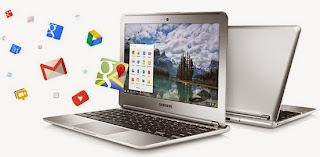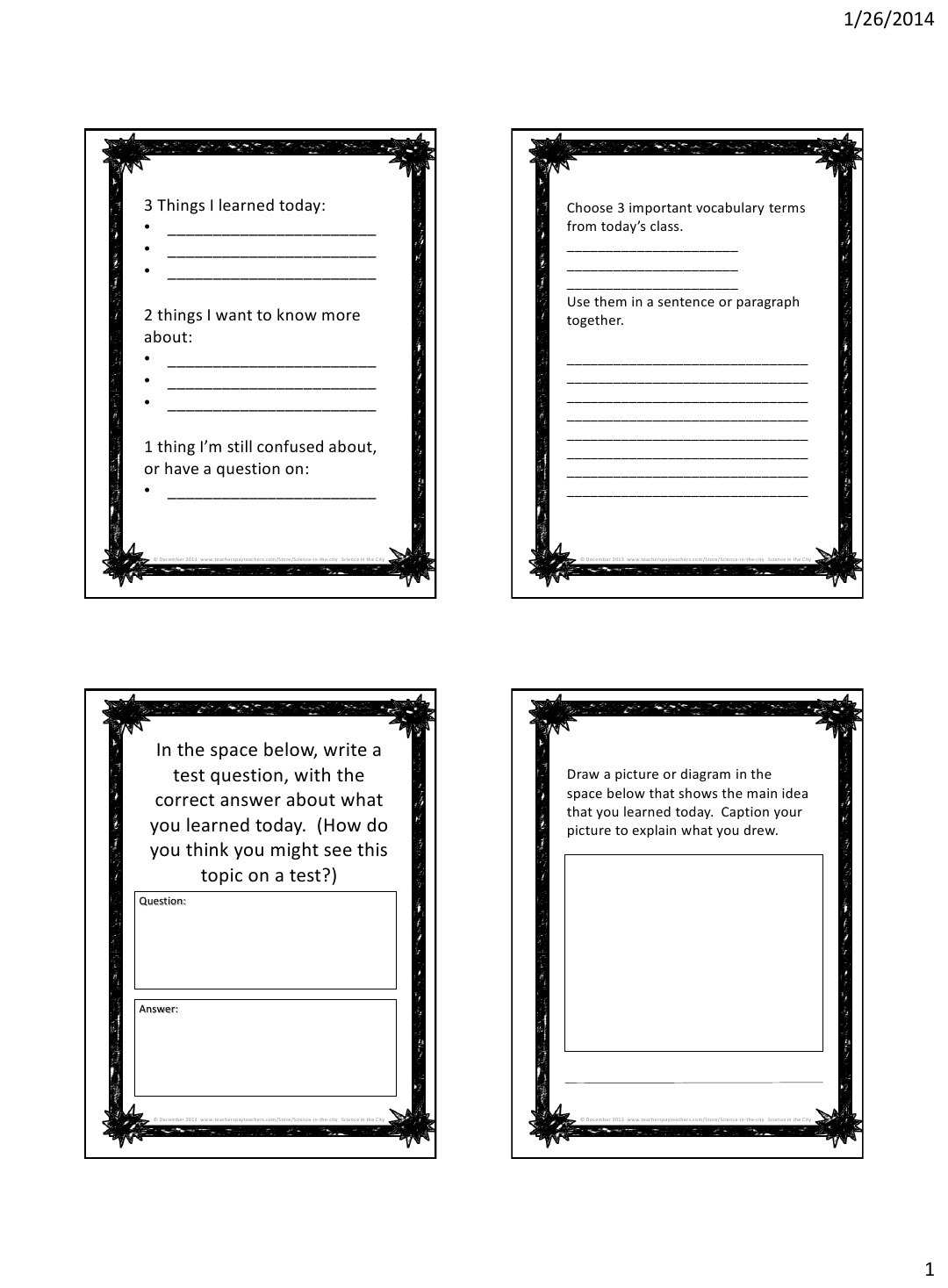I have also been very tired, and just low energy, getting sick (just with colds) more frequently. Bloodwork last year didn't turn up anything, and the doctor had a conversation with me about stress management, and eating healthy. That rung true, but not quite. I didn't feel like I was under anymore stress than I have been, maybe less as my kids are both old enough to sleep well, I'm a more experienced teacher, was at a better school last year than the two previous years.
Near the end of school a colleague was excited about the "Whole30" and the energy boost, health benefits, etc. I read up on that, experimented a bit (decided it was WAY too restrictive for without a strict reason or problem to solve). But that experiment and reading led me to more reading on gluten, and on other health myths/topics. Then a friend's doctor recommended the book "Eat to Live." I was intrigued and also read some of that. I found this more well supported, and backed by research, as well it made more sense to me logically, but is basically a vegan diet, focusing on salad, maybe 2 meals a day. I don't see that as feasible for me right now. But I did try to make some changes. In all this reading and thinking (which I only have time for in the summer), I came across two things that really got my attention as far as the classroom.
1) The blog 100daysofrealfood.com (and the associated recipes, facebook page, etc. This is also about healthier eating, but from a little different perspective. What really stuck out to me, however, is that unlike a lot of the other things I had been reading, the author here emphasizes taking small steps (mini-challenges), and that any improvement is better, and that this does not have to be a 100% change. I think that is also an important lesson for our students -- take small steps to make changes. Any improvement is better in the big picture.
2) I also stumbled across this book: The Omnivore's Dilemma for Kids. This is supposed to be written for teens. A lot of it is about science -evaluating different studies, analyzing nutrients in our bodies and how our bodies break down and utilize various chemicals. Now I really want to use this book with my students. I'm trying to determine where in the curriculum it fits, and how best to do this. Where I teach, I'm sure this is not a topic of why my students are very much aware, at all. When I taught AP Environmental, several years ago, I did a similar unit and my students were completely blank slates before. Such a far removed topic from their daily lives. I would like to bring some awareness to ninth grade biology students, maybe through the use of this book.
I think I will start with writing a donorschoose.org grant for the book, but in the meantime I need to determine where in the curriculum it would go, and how I could use it.
Any ideas, send them my way :)


















